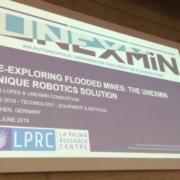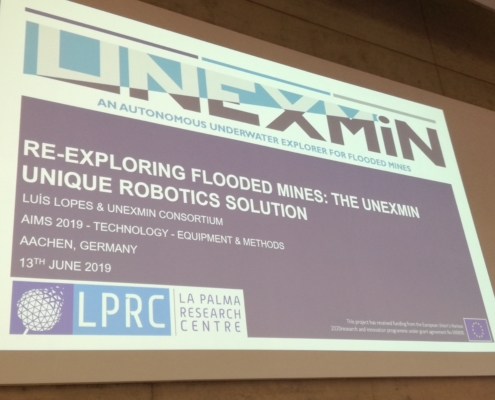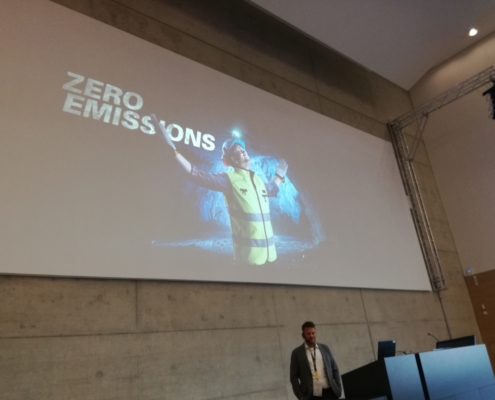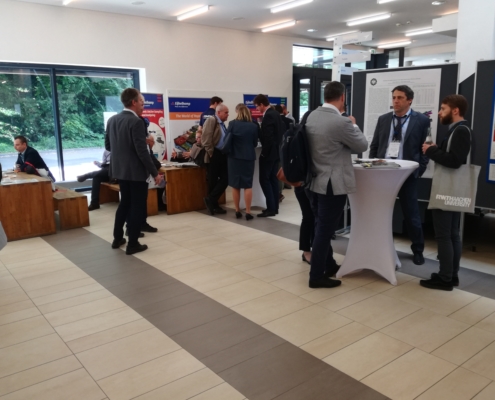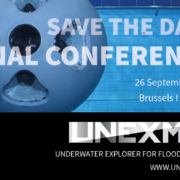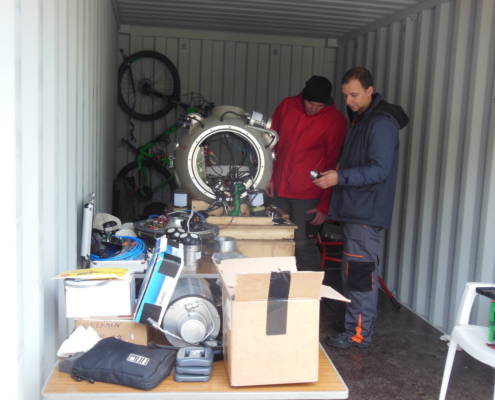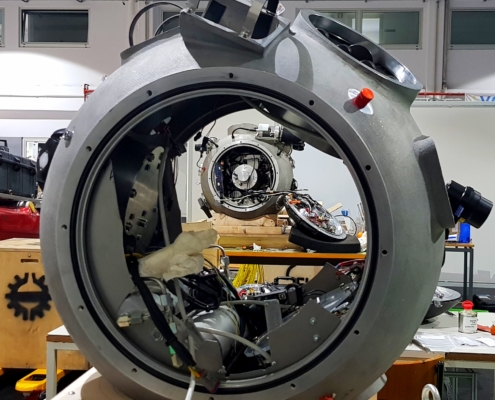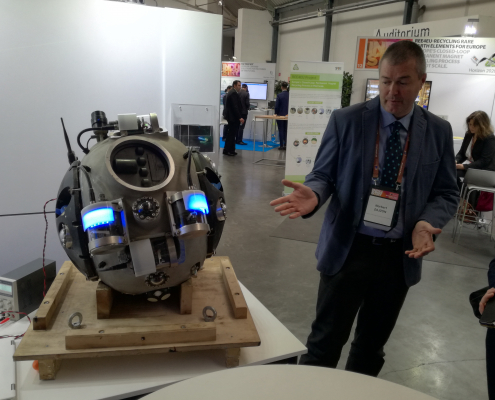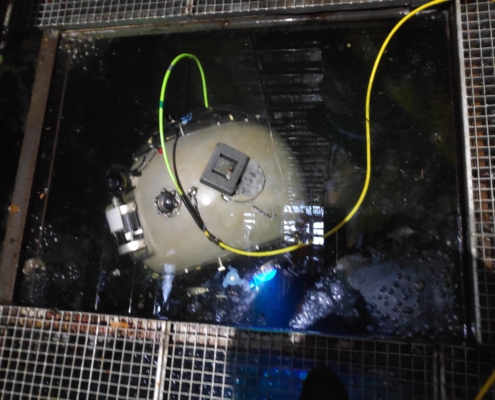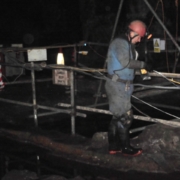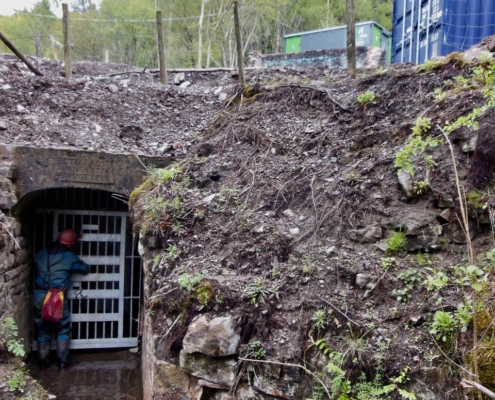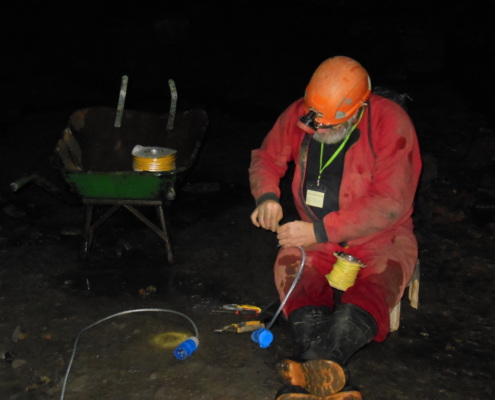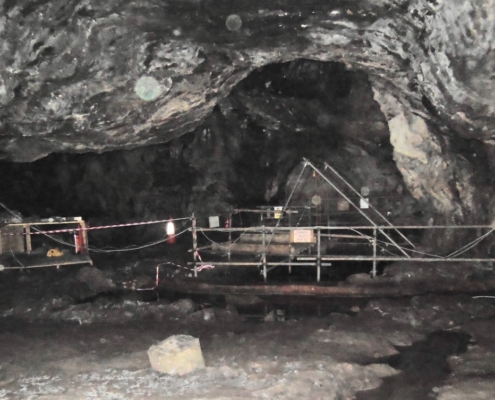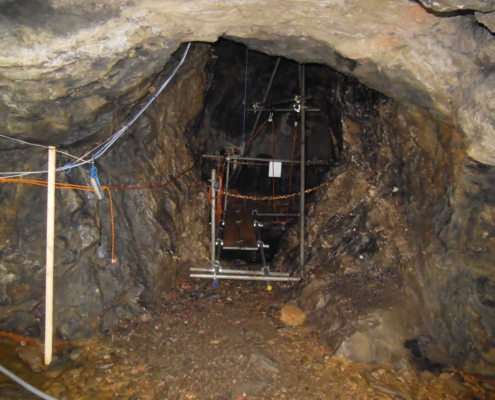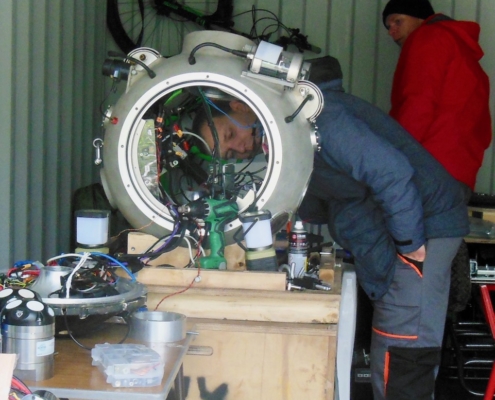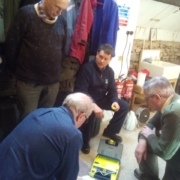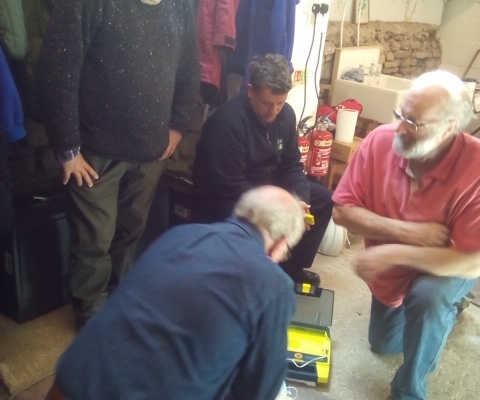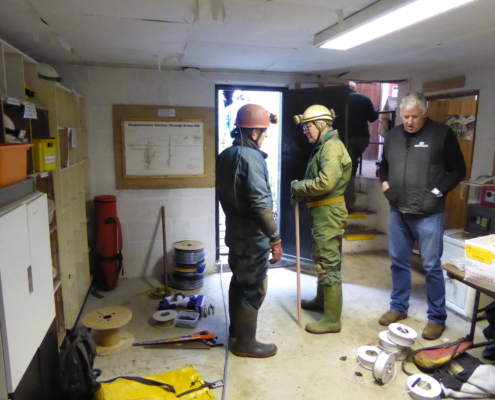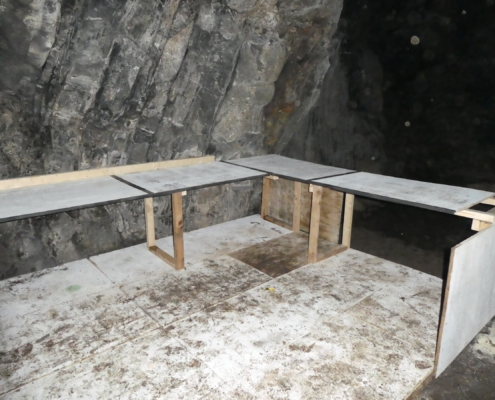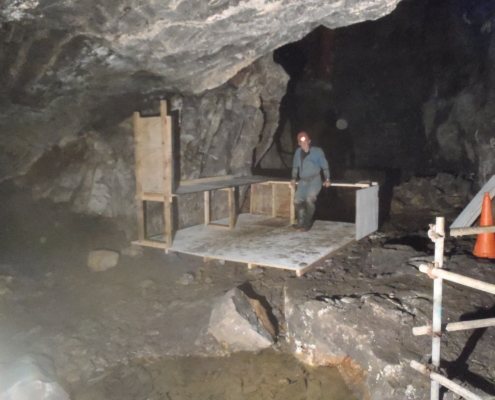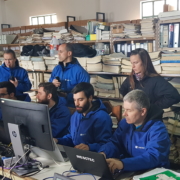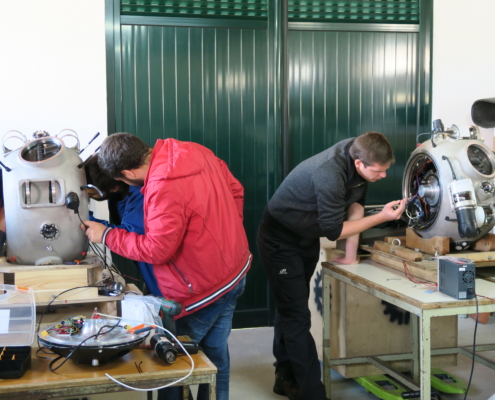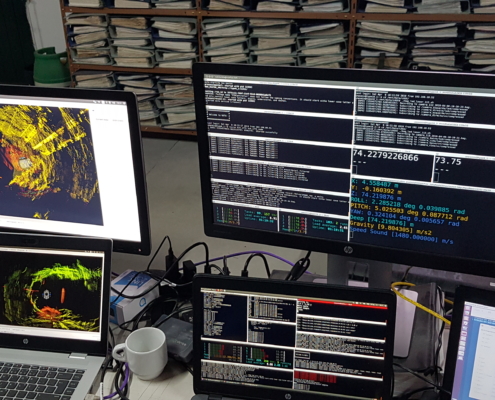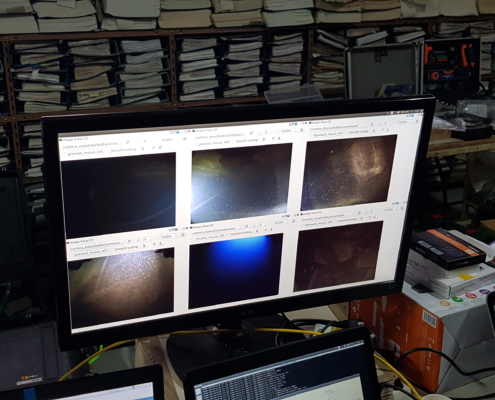UNEXMIN presented at AIMS “Mines of the Future” 2019 in Aachen
The UNEXMIN project was presented in the AIMS – Aachen International Mining Symposia- 2019 “Mines of the Future”. The current status and future of the project were presented to an audience of geologists, mining engineers and other geoscientific-related personnel from academia, research, industry and governmental bodies.
The first day started with three keynote talks about the sustainability of mining in the present and future, and on the current best practices. Six main sessions succeeded, with 4 to 5 presentations per session:
Science: Tailings & Mine wastes
Technology: Digitalisation
Science: Methods & measurements
Science: Mining challenges
Technology: Equipment & methods
Innovation: Modelling
The UNEXMIN project was introduced under session 5 – Technology: Equipment & methods. Entitled “Re-exploring flooded mines: the UNEXMIN unique robotic solution” the presentation focused on the current state and the future opportunities created by this innovative exploration technology.
On the second day, two parallel sessions kickstarted discussions: 1) Technology: Resource extraction and 2) Technology: New systems. A unique session on “Responsibility: Engagement and closure” ended the talks of the conference, right before the final panel discussion on the “Mines of the future need to be different from those of today!”.
It was great to have the UNEXMIN project represented in important discussions about the present and future of mining activities, spanning through all the value chain, from exploration to exploitation and even to mine closure and remediation.
The UNEXMIN technology will shape the future of mineral exploration!

